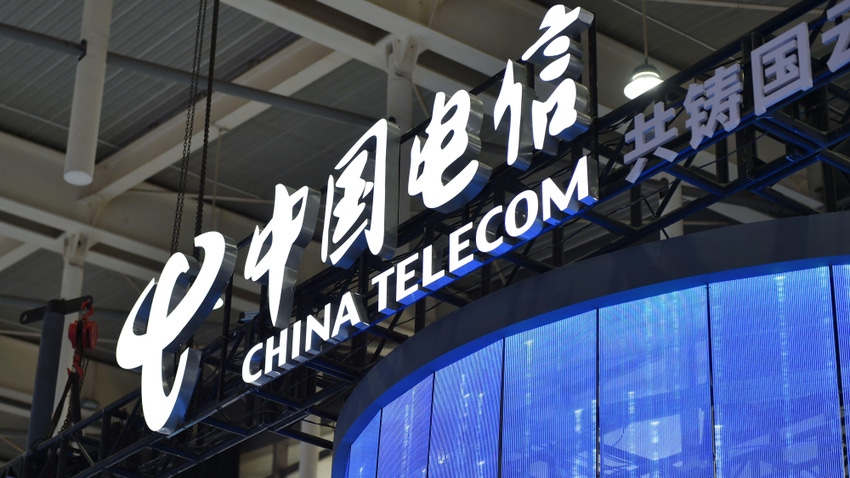Intel, AMD to be blocked from Chinese networks – report
A new report indicates Chinese officials are requiring domestic telecom companies like China Mobile and China Telecom to phase out the use of US-made chips, affecting companies such as Intel and AMD.

Chinese authorities are beginning to move against US chip suppliers like Intel and AMD, according to a new report from The Wall Street Journal (WSJ). The move, which follows similar actions against Chinese vendors by US regulators, appears to reflect a deepening of the economic and technological cold war between the US and China.
However, developments are relatively slow moving. According to WSJ, China's Ministry of Industry and Information Technology earlier this year ordered Chinese telecom network operators including China Mobile and China Telecom to phase out foreign processors by 2027. Chinese regulators and the Chinese and American companies directly involved either declined to comment on the situation or did not respond to questions on the topic, according to WSJ.
The report noted Intel and AMD would be hit hardest by the move – China contributed 15% of AMD's revenue last year and 27% of Intel's.
US moves against China
The development doesn't come as a surprise. US officials have been moving against China and Chinese equipment suppliers for years with efforts to block companies like Huawei from US and international markets and curtail the sale of high-end chips from US companies to Chinese companies.
Concurrently, US officials are also working to prop up domestic chip-making efforts. For example, the Biden administration reportedly plans to funnel $6 billion to South Korea's Samsung to expand the company's chip production capabilities in Texas.
Already, semiconductor company Coherent Corp. said it has secured $15 million in funding from the government's CHIPS and Science Act of 2022 to "accelerate the commercialization of next-generation wide- and ultrawide-bandgap semiconductors, namely, silicon carbide and single-crystal diamond, respectively."
Where the geopolitical struggle between China and the US eventually goes is anyone's guess. Among the many possible outcomes: a bifurcation of the 6G standard between the US and its allies and China and its allies.
About the Author(s)
You May Also Like





.jpg?width=300&auto=webp&quality=80&disable=upscale)






